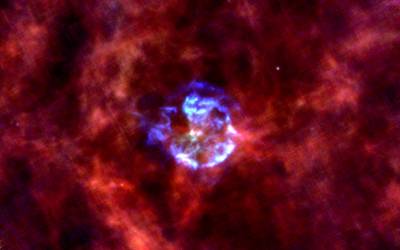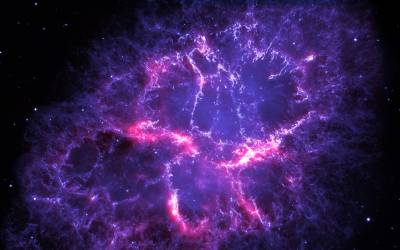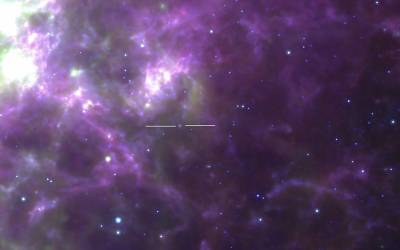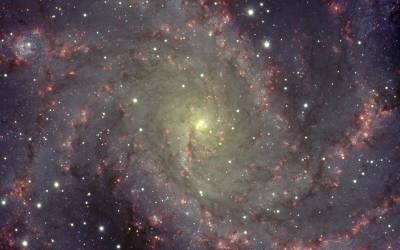Through a current ERC Advanced Grant (SNDUST 694520, PI: M. Barlow), plus earlier STFC grants, we have been investigating observationally how much dust can be formed in the high-velocity ejecta of core-collapse supernovae fom massive stars and, via numerical hydrodynamical modelling, how much of this dust can survive passage through supernova reverse shocks and later impacts with interstellar material. This work has included observations made with NASA's Spitzer Space Telescope, ESA's Herschel Space Observatory, the Atacama Large Millimeter Array (ALMA), the Gemini 8-m telescopes and ESO's 8-m Very Large Telescope. The overall goal is to determine whether CCSNe can make a major contribution to the dust reservoirs of galaxies observed at both high and low redshifts. The links below provide an overview of some of this work.
 | Cassiopeia A |
 | Molecules in Supernova Remnants |
 | Supernova 1987A |
 | Supernova Dust Masses from Red-Blue Line Asymmetries |
 Close
Close

